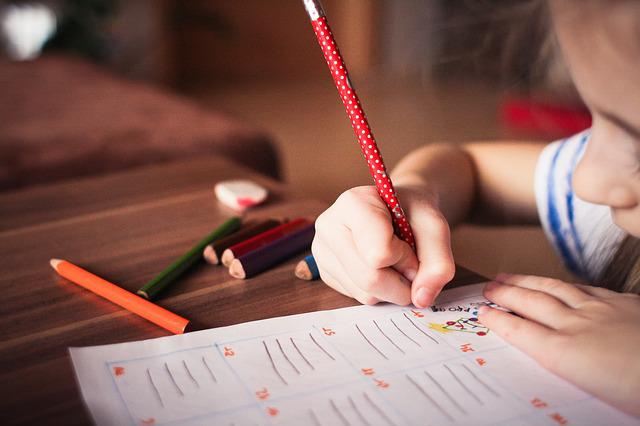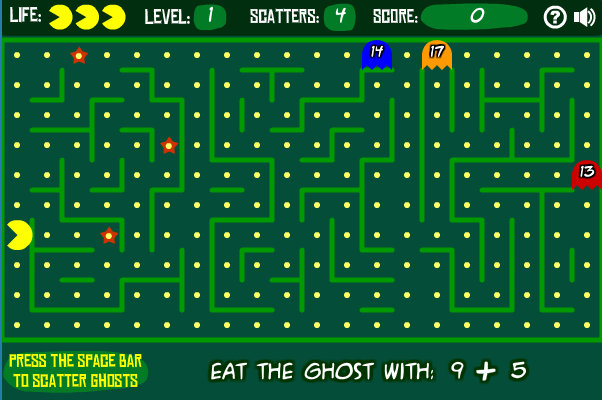
Scientists count many animals, but not all of them. Scientists often use basic math to determine their population density. For example, they might count the number or fish that live in a particular area. These studies are particularly useful for certain species of fish that tend to be restricted to a particular area off the coast of New England. And by counting fish, scientists can also track population density over time. You can read on to learn more about counting fish. This article explains some of the challenges scientists face when counting fish.
NOAA's trawl systems have problems
The NOAA's trawl method is basically unchanged since 1960. This means that the behavior and population of fish will vary depending on their habitat. The NOAA fish-counting system is insufficient to ensure that they are plentiful. It is necessary to develop new technologies in order to improve this system and give scientists an accurate picture of the entire ecosystem. To make NOAA's fish counts more accurate, new technologies should be used to measure the size of the fish in the ocean.
New England is a hub for research in fisheries science. The region's fisheries researchers are working on new techniques and technologies to improve the statistics of the sector. In the end, they aim to produce a more accurate and reliable tally and a better policy to protect the country's fisheries. These data will be used to help fisheries managers achieve sustainability and survival.

Methods of estimating the population size of fish
Biologists can use a variety of methods to estimate the salmon population and other fishes. They can count adult fish within bodies of water and use statistics in order to determine estimates. Zippin's maximum likelihood model was chosen as the most reliable and easiest method for estimation. The Carle & Strub maximum weighted likelihood model also produced statistically significant estimates. To refine a fish population estimate, one can use a fish count done after a reservoir draining.
A new sonar technique developed by scientists in the Boston area can detect the presence of fish by scanning an area a million times larger than previously possible. The new technique, say researchers, will change the way fisheries regulators manage resources. In a Science report, the scientists explain their methods. The new methods are more accurate than previous methods, according to the lead author of the report, Nicholas Makris. This is important because it allows researchers more accurate estimates of the fish populations.
In fisheries data, certainty is important
Fisheries are complex and require high levels certainty in order to manage them. For management controls to be effective in fisheries, it is essential that there is a high degree of certainty when estimating MFMT and current biomass. The MSY should be used to set these data, but they should also be far enough away to allow for fluctuations in the resource. Uncertainty in data does not just relate to the degree of predictability that is associated with resource dynamics and resource status, but also to the actual effects of management actions.
SDC offers high levels of certainty, but scientists often use alternative information to assess the vulnerability for fishery stocks. Other data sources include visual census surveys and recent average catch. No matter the source of these data they should be accompanied with explanations about their use in fisheries management. Here are some critical considerations regarding sustainable management in SDC.

Fish count automation: Challenges
Automated processes have many benefits for NOAA fish counts. These counts allow scientists to get a better view of a fish population as well as the ecosystem. Automated processes can introduce additional errors and increase data volumes. Thankfully, there are several new methods being developed to solve these challenges. We need to first understand how the ocean functions before we can automate fish counting. The ocean environment is dynamic, and many factors influence the behavior and numbers of fish.
Baited remote underwater video stations (BRUVS) are a common means of monitoring fish abundance. Automated analysis is essential to ensure reliable counts. These stations can generate a wide range of fish abundance. Manual data collection can be costly and limit the scaleability of these video systems. Computer vision is used to automate video analysis in order to overcome this bottleneck. Unfortunately, there are technical limitations that limit automated image analysis to routine fisheries monitoring.
FAQ
What are the requirements to be a teacher in early childhood education?
The first step is to decide if you are interested in a career as an early childhood educator. A bachelor's degree is required if you are interested in a career as an early childhood educator. Some states require that students earn a master’s degree.
You may also be required to attend classes during the summer. These courses are about pedagogy, the art of teaching, and curriculum development.
Many colleges offer associate programs that lead to teaching certifications.
Some schools offer certificates or bachelor's degree in early childhood education. But others only offer diplomas.
Additional training may not be necessary if you intend to teach at home.
What is the average time it takes to become a teacher in early childhood?
To complete a bachelor's in early childhood education, it takes four years. You will spend two years taking general education courses required by most universities.
After your undergraduate studies, most people enroll in graduate school. This step allows one to specialize in a certain area of study.
For example, you could choose to focus on child psychology or learning disabilities. After you complete your master's, it is time to apply to a teacher-preparation program.
The process could take several years. During this period, you will work with experienced educators to gain real-world knowledge.
Final, you must pass the state exam before you can start teaching.
This process takes several years, which means you won't be able to immediately jump right into the workforce.
What are the various types of early childhood education available?
There are many ways that early childhood education can be described. Here are some of the most commonly used ones:
-
Preschool - Children ages 2 to 5
-
PreKindergarten – Children aged 4-6
-
Head Start/ Headstart - Children ages 0 to 3
-
Day Care/ Daycares - Children ages 0 to 5
-
Child Care Centres - Children from 0-18 Years
-
Family Child Care for Children Ages 0-12
-
Home Schooling - Children ages KG to 16
Are there special skills required to work in my chosen field?
A good level of written communication is essential if you want to be a lawyer. A nurse must have the ability to communicate well. A strong understanding of math is necessary to become an accountant. These are just a few of the many examples. You are probably already passionate about many things. What job type will you have that allows you to do those things? To become an engineer, you will need to be able to design structures and machine. Basic math is essential to be successful in this field. A basic understanding of numbers and statistics is necessary to succeed in business. Communication skills are essential for teachers and other professions. You need to be able help and teach others.
Statistics
- Think of the rhetorical power of nineteenth-century abolitionist Harriet Beecher Stowe, Martin Luther King, Jr., or Occupy Wall Street activists with their rallying cry of “we are the 99 percent.” (bostonreview.net)
- Globally, in 2008, around 89% of children aged six to twelve were enrolled in primary education, and this proportion was rising. (en.wikipedia.org)
- In most developed countries, a high proportion of the population (up to 50%) now enters higher education at some time in their lives. (en.wikipedia.org)
- “Children of homeowners are 116% more likely to graduate from college than children of renters of the same age, race, and income. (habitatbroward.org)
- They are also 25% more likely to graduate from high school and have higher math and reading scores, with fewer behavioral problems,” according to research at the University of Tennessee. (habitatbroward.org)
External Links
How To
Why homeschool?
There are many things to take into consideration when making the decision to homeschool your child or send him to school.
-
What type of education do you want for your child? Are you looking for academic excellence or social skills development?
-
How involved would you like to be in the education of your child? Do you prefer to stay informed about what your child is doing? Would you rather keep your child informed?
-
Do you have any special needs for your child? If so, how will you address those needs?
-
Is it possible to manage your child’s schedule? Can you make a commitment to your child's education at home every day of the week?
-
What types of subjects will you cover? Math, science, language arts, art, music, history, geography, etc. ?
-
How much money do you have available to educate your child?
-
Is your child old enough?
-
What is the best place to house your child? This means finding enough space to accommodate a classroom, and providing sufficient facilities such as bathrooms.
-
What is your child’s approximate age?
-
When does your child go down to sleep?
-
When does he/she get up?
-
What time does it take to go from point A to point C?
-
Is your child's primary school close to you?
-
How far is it from your home to your child's school.
-
How do you get your child to school?
-
What are the benefits of homeschooling?
-
What are the cons?
-
Who will supervise your child outdoors?
-
What are you expecting from your child's education?
-
Which discipline will you choose?
-
Which curriculum will you use for your studies?
There are many reasons people choose to homeschool their kids. Some of these reasons are:
-
Your child has learning disabilities that prevent him/her from attending traditional schools.
-
You are interested in providing an alternative type of education for the child.
-
You require more flexibility in your scheduling.
-
Avoid high tuition fees
-
You feel your child is getting a better education than you could in a traditional school.
-
You believe you can teach your children better than any teacher in a traditional school setting.
-
You don’t like the way that schools work.
-
You are uncomfortable with the rules and regulations in the school system.
-
You want your child's work ethic to be strong.
-
You want your child to be able to choose the courses that interest them.
-
You want individualized attention for your child.
There are other benefits to homeschooling:
-
There's no need to be concerned about books, uniforms pencils, paper or supplies.
-
You can personalize your child's education according his/her interest.
-
Parents can homeschool their children and spend time with them.
-
Homeschooled children tend to learn quicker because they are not distracted from their peers.
-
Homeschoolers often score higher than others on standardized tests.
-
Families who homeschool tend to be happier in general.
-
Students who homeschool are less likely than others to drop out of school.